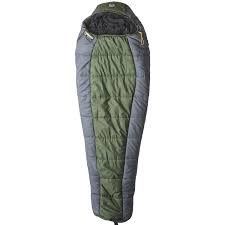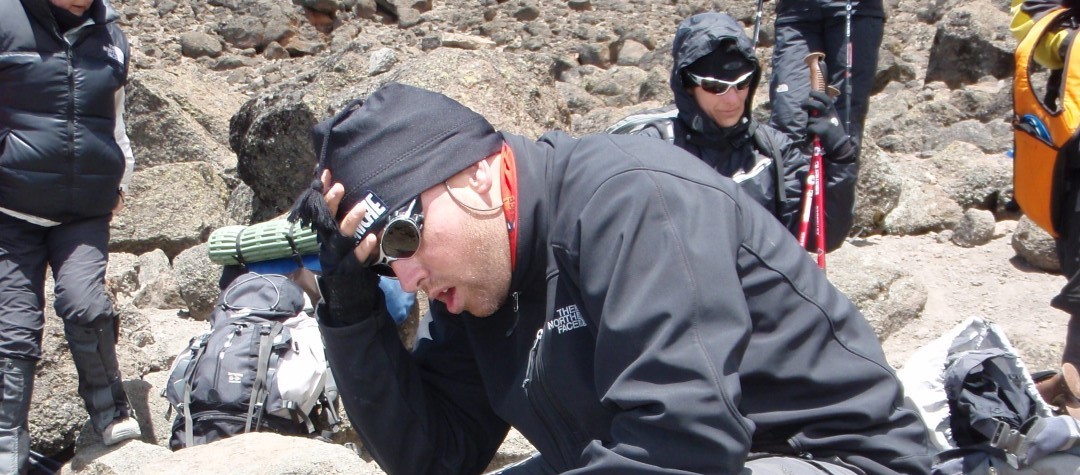USING DIAMOX ON KILIMANJARO
Using Diamox on Kilimanjaro – Altitude Sickness – Acetazolamide, Acute Moutain Sickness Remedy – Getting Prepared to Summit Kilimanjaro – Kili Packing List – Medical Kit for Kili Adventure.
Acetazolamide, or what is commonly sold under the trade name Diamox, is a drug that is used for various medical treatments – including glaucoma, sleep apnea, epilepsy and hypertension. It is also used to help mitigate the effects of altitude sickness.
Using Diamox on Kilimanjaro is a question you are going to face when you start your preparations to reach the Roof of Africa.
In this article we briefly describe what Diamox is, what it does that helps with altitude sickness and whether it is worth using Diamox on Kilimanjaro.
USING DIAMOX ON KILIMANJARO
What is Diamox?
Diamox (aka Acetazolamide), as it is used for Acute Mountain Sickness (AMS), is a diuretic (i.e. it promotes the production of urine) and a prophylactic (i.e. is used as a preventative medicine – not a cure).
It is also a carbonic anhydrase inhibitor (ahem, what?). Essentially this means that it promotes the excretion, via urine, of bicarbonate – which is why it is useful for altitude sickness
Diamox and altitude sickness
The excretion of bicarbonate increases the acidity of the blood, as bicarbonate is a conjugate base of carbonic acid. Increased acidity in the blood is equated by our bodies as increased CO2. The body responds to the imaginary excess CO2 by breathing deeper and faster to get rid of the CO2. Deeper, faster breathing increases the amount of oxygen received by the blood. This helps with the acclimatisation process and helps prevent the onset of AMS symptoms.
It is important to note that using Diamox on Kilimanjaro does not cure the symptoms of AMS, it merely helps prevent the onset of symptoms. Once AMS symptoms have started, the only way to stop them is descent. Therefore, under no circumstances should Diamox be used to continue an ascent with AMS.
So is it worth using Diamox on Kilimanjaro?
In short, yes. Anything that is going to help you reach the summit safely should be considered a worthy investment.
Obviously you should first consult your doctor to check whether Diamox is a suitable drug given your particular medical history. It is not suitable for pregnant women or anyone with kidney or liver disease issues (obviously these people shouldn’t be climbing Kilimanjaro in the first place)
We recommend taking Diamox for 2-3 days 2 weeks before departure to test whether you experience any side effects.
Typical side effects associated with Diamox are:
- Frequent urination – everyone experiences this when taking Diamox. It can result in the development of kidney stones so it is important that you drink loads of fluids whilst taking the medication.
- Numbness and tingling in the fingers, toes and face – Many people experience this side effect when taking Diamox. The sensation is a little discomforting but not dangerous
- Taste alterations (some foods might taste weird)
- Nausea, vomiting and diarrhea – this is rare. These side effects should be identified during your test before departing for Kilimanjaro. Unfortunately these side effects are common with AMS and therefore can easily be misdiagnosed as AMS
- Drowsiness and confusion is also possible – again these side effects can be confused with AMS
Typically Diamox comes in 250mg tablets. Most people take half a tablet in the morning and half in the evening. You should start taking tablets one day before arriving in Kilimanjaro and continue taking the same dosage for all ascent days. You can cease taking Diamox on descent.
We hope this article has given you everything you need to know in terms of using Diamox on Kilimanjaro. Any questions, feel free to leave a comment below, we will respond within 24 hours (so check back)
Click here for full details on required Kilimanjaro gear.
Recommended Gear for your Kilimanjaro Adventure
 The temperatures on Mount Kilimanjaro can plummet at night. From day two the evenings will be cold and the nights can be freezing. It is paramount you have an extreme weather sleeping bag to keep you warm and comfortable. Key characteristics you should look for: 1. Mummy shape to fit the contours of your body, 2. Insulated hood with draw cord, 3. Lightweight, 4. Warm (be able to withstand temperatures below -5 degrees C or 23 degrees F).
The temperatures on Mount Kilimanjaro can plummet at night. From day two the evenings will be cold and the nights can be freezing. It is paramount you have an extreme weather sleeping bag to keep you warm and comfortable. Key characteristics you should look for: 1. Mummy shape to fit the contours of your body, 2. Insulated hood with draw cord, 3. Lightweight, 4. Warm (be able to withstand temperatures below -5 degrees C or 23 degrees F).
Read more about suitable Kilimanjaro sleeping bags here.


